Storage tests Intel
The good thing, of course, is that we can fully extend the clock speeds of the memory kit. The question, however, remains what it will bring in the first place. I use the standard setup for the workstations and then the benchmark suite for workstations and gaming. For the Intel CPU, I set the 100% mark to the official clock of 2666 MHz, but scale from DDR4 2133 to DDR4 4000 and start with the application benchmarks, where I use the pure CPU composite values (compute, rendering, etc.) as well as the 3D graphics performance normalize and accumulate to then get the overall index in percent.
The jump from DDR4 2133 to DDR4 2400 is expected to be the largest. What is surprising, however, is the almost linear scaling, if you make an effort to set the optimal timings. Between the standard memory clock specified by Intel and the maximum are on average more than 20%, but at the lower end you also lose up to 11% quickly.
Interestingly, the growth in gaming is rather limited. I specifically used the Titan RTX from the Creators table to limit neither the CPU nor the GPU particularly one-sidedly. At just over 11%, however, the increase is more moderate, with the upward growth rates falling sharply. Down, however, it is also almost 10%, which shows that everything under DDR4 2400 is actually extremely slowing down. However, the result also proves that Even Intel's specification of 2666 MHz for the Core i9-9900K is simply out of date, considering the nearly 8% increase to DDR4 3200. Sure, there are applications that benefit more or less, but as a mean, that's pretty neat.
AmD Memory Tests
DDR4 4000 and such a Ryzen of the 3rd Generation is of no use, even if it works. Since the communication of the cores with each other via the Infinity Fabric (IF) is then a technical problem. Because this data bus is directly coupled to the RAM clock, the bus clock increases with the RAM clock. What remains stable until DDR4 3600 and even offers decent performance gains is unfortunately not infinite, because above DDR4 3600 a divider comes into play, because the IF no longer manages these high clock rates.
If, for example, a divider of 1:2, the IF would only run with half of the memory clock, which in reverse even leads to a significantly worse performance exactly that is why I omitted this clock. Losses of 5 to 8% are quite pointless, because you are even slower on the road than with DDR4 3200. And the timings? CL14, CL16 or CL18 are rather marginal here and only significant when it comes to burning money. By the way, my kit also ran with DDR4 3600 still stable with CL14, but unfortunately also needed a little more tension. The added value of approx. However, 1-2% is more for the gallery.
In the applications, there is a good 6% increase. That doesn't sound like much at first, but with 10% compared to the 2666 MHz of the Intel CPU, it would still be good in the profit zone for the application benchmarks, if you compared it that way.
In gaming, of course, the absolute value is significantly lower, although the entry at 100% is a completely different one. With approx. 5% can still be gained measurably compared to the specification, but you can cope with this if necessary. Incidentally, this applies to graphic and compute measurements to a very similar extent. OC brings something, but it doesn't have to be. Here, better timings almost bring more than a clock increase of 100 MHz.
Summary and conclusion
Visually, the T-Force DDR4 4000 Xtreem ARGB is already an eye-catcher that I really like. It is colorful, but not so crisp and corrosively dominant, but rather noble. So you don't need sunglasses, which speaks for this solution. The added value of the most expensive of the three RAM packs is certainly due to its maximum final clock. As an AMD user you can hardly do anything with the (theoretically even possible) DDR4 4000, but with DDR4 3600 you can try to put on the timings a bit. Whether you then create CL14 is more of a matter of luck and excitement. CL16 is pretty safe anyway.
In terms of price, this is such a story in itself at the moment, because no one can know what it will look like again in a few days. The previously mentioned price of approx. 140 USD for the fastest kit is more of a matter with a question mark, because at the moment there is no listing with prices, but probably already a miserly entry. I think we will have to be surprised.














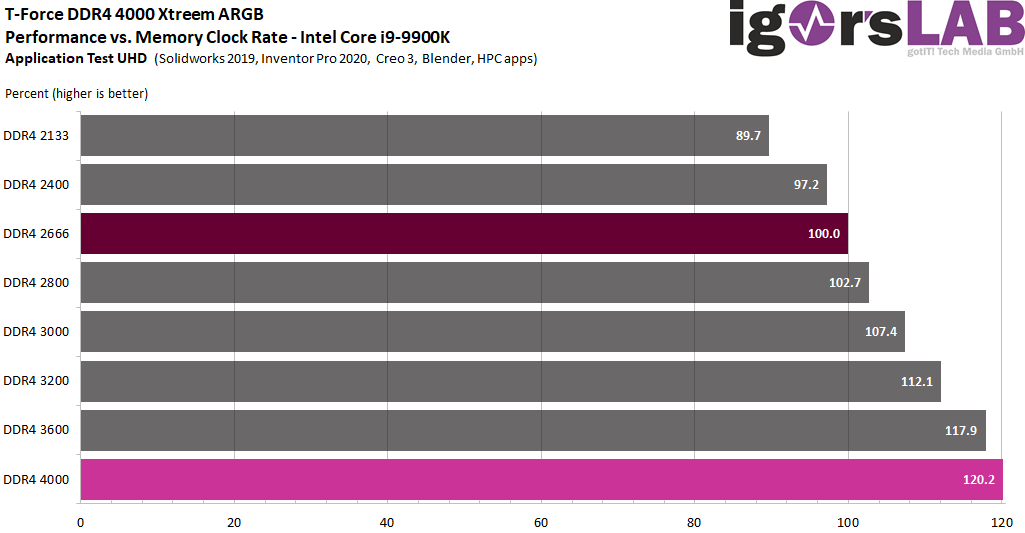
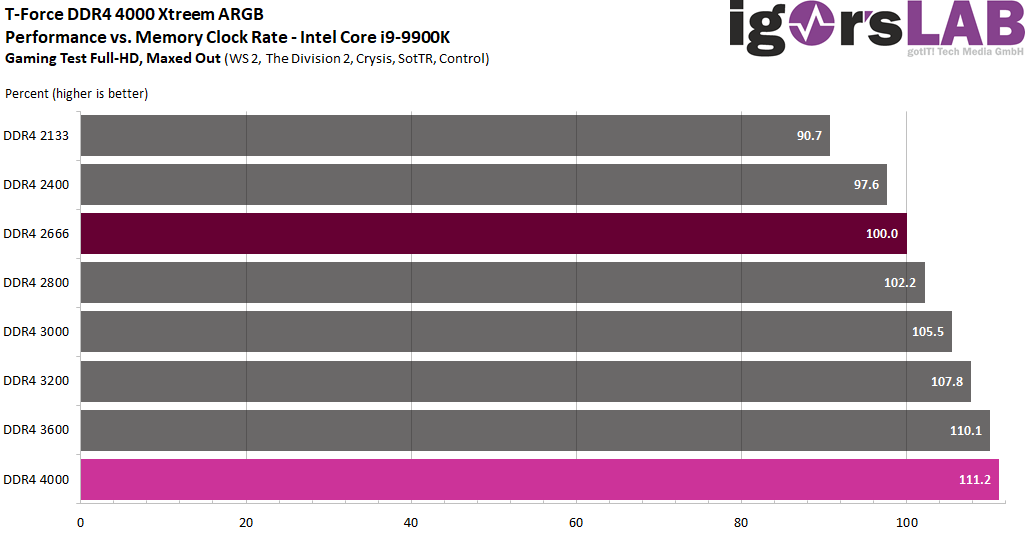
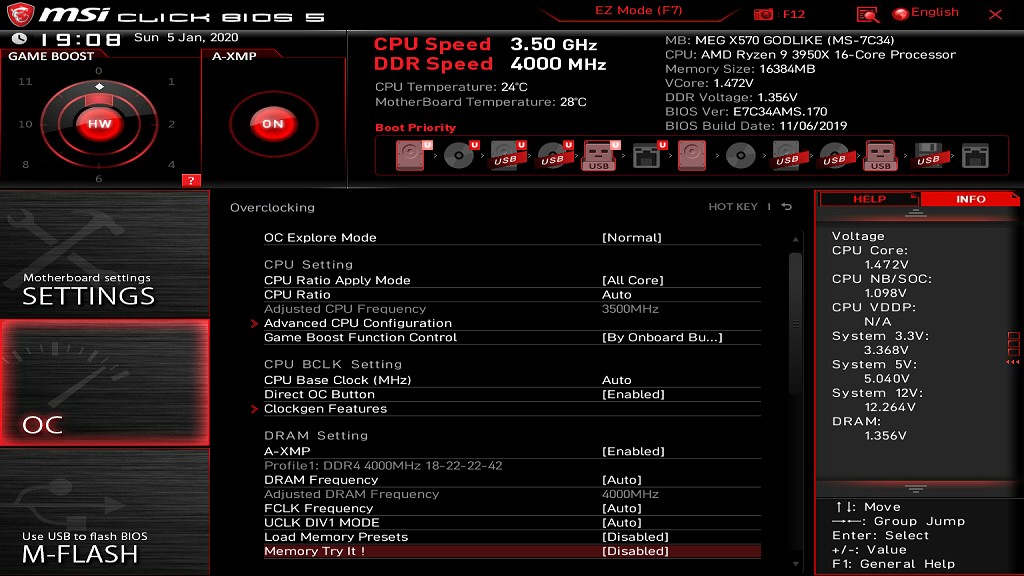
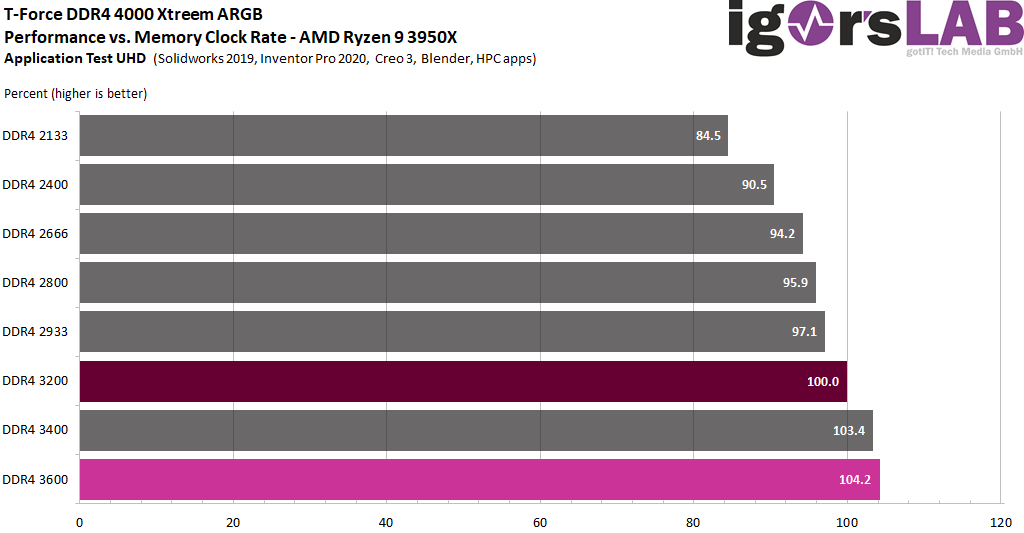
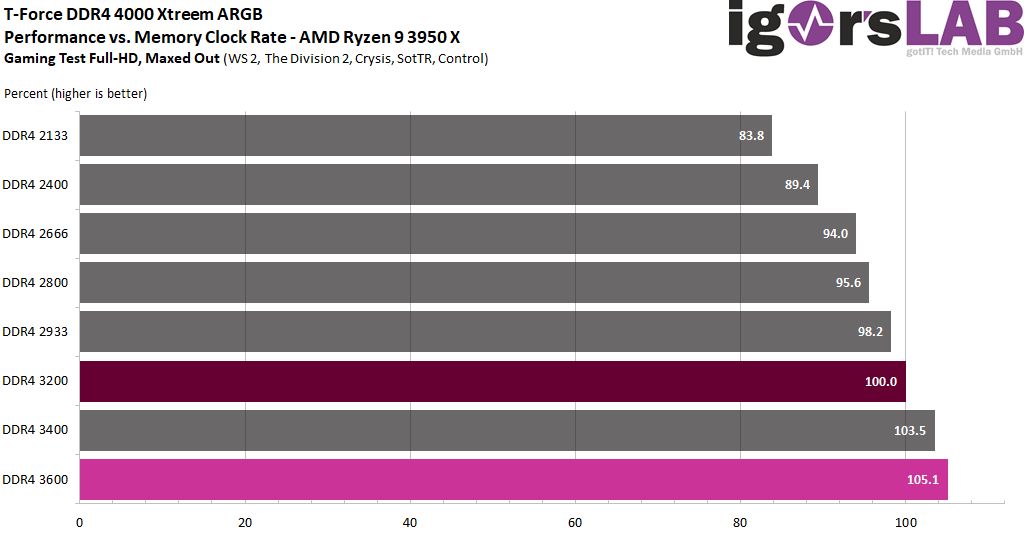
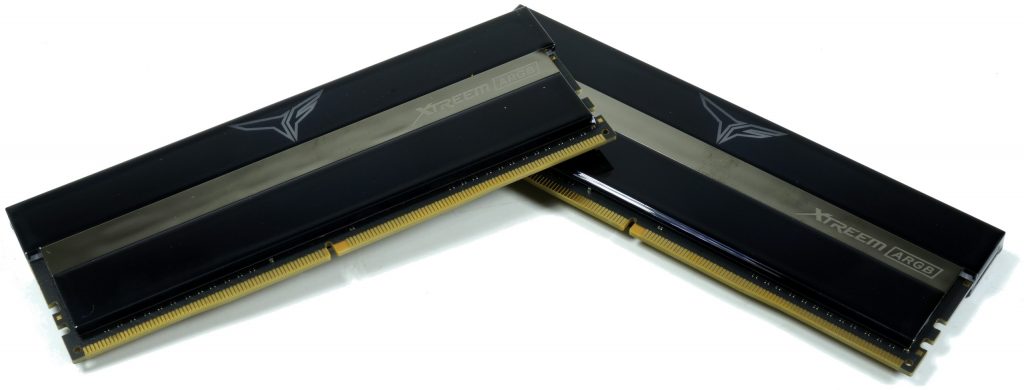


















Kommentieren